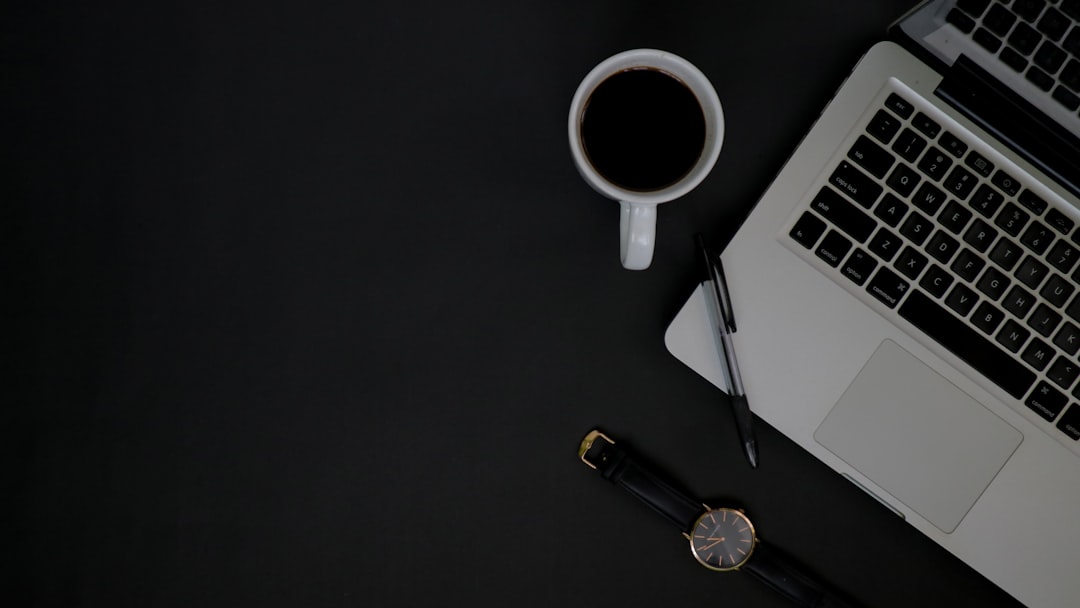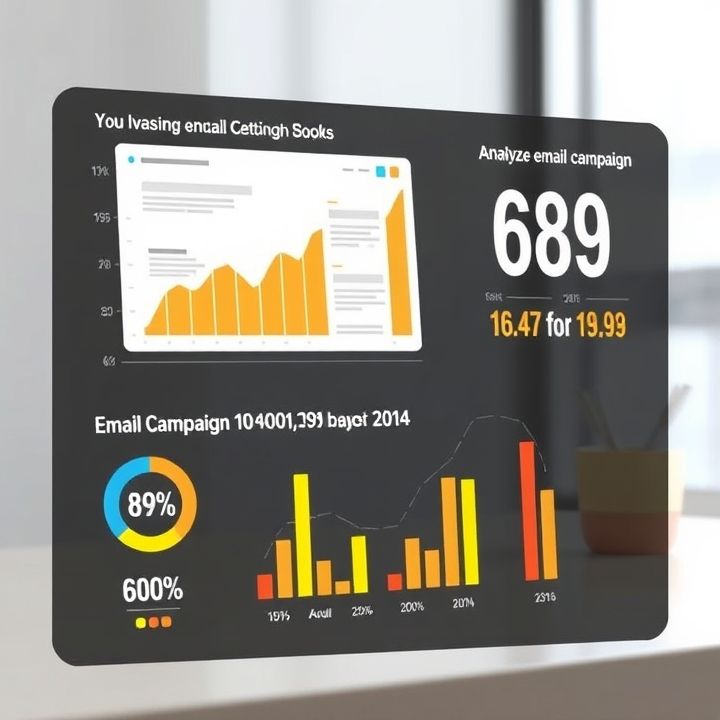Table of Contents
- Introduction
- Overview of washing machine installation requirements
- Role of plumbers in washing machine installations
- Tools and equipment needed for installation
- Common plumbing issues related to washing machines
- Importance of plumbing code compliance for installation
- Cost factors affecting washing machine installation by plumbers
- Benefits of hiring certified plumbers for installation
- Plumbing maintenance tips for newly installed washing machines
- Conclusion
- Frequently Asked Questions
Introduction
Are you considering a new washing machine, but feeling overwhelmed by the thought of installation? You’re not alone! Many homeowners find themselves asking, Can plumbers install washing machines? The good news is that professional plumbers can indeed handle this task, and they bring a wealth of expertise to ensure everything is set up correctly.
In this essential guide, we’ll explore not only the capabilities of your local plumber but also the numerous benefits of hiring a professional for the job. From ensuring proper water connections to addressing tricky drainage issues, a skilled plumber can save you time, money, and headaches.
Join us as we dive into the world of washing machine installation and learn how to turn this daunting task into a hassle-free experience. With the right information, you’ll be well-equipped to make informed decisions and enjoy your new appliance without the stress. Let’s get started!
Overview of washing machine installation requirements
When it comes to installing a washing machine, several key requirements must be considered to ensure proper functionality and safety. First, the location should be equipped with adequate plumbing access, including both hot and cold water supply lines. The washing machine also requires a reliable drainage system; typically, this involves connecting to a standpipe that is at least 18 inches above the floor.
Additionally, an electrical outlet is essential, and it should be grounded to prevent any electrical hazards. The outlet must meet the machine’s power requirements, usually 120-volt, to facilitate smooth operation.
Furthermore, the installation area should have enough space for the machine itself, taking into account ventilation and ease of access for maintenance. It’s advisable to check the manufacturer’s specifications for any unique installation instructions, such as special water pressure requirements or necessary fittings. Finally, ensuring that the washing machine is level is critical to avoiding excessive noise and vibration during use. With these factors in mind, homeowners can prepare for a successful washing machine installation.
Role of plumbers in washing machine installations
Plumbers play a crucial role in the installation of washing machines, ensuring that the appliances function correctly and safely. Their expertise is essential for connecting the washing machine to the water supply and drainage systems. First and foremost, they assess the location where the washing machine will be installed, ensuring it meets local plumbing codes and regulations.
Plumbers install the necessary hoses and fittings for both the hot and cold water supply, making certain there are no leaks that could lead to water damage. They also handle the drain connections, which must be appropriately aligned to prevent backups or flooding.
Additionally, seasoned plumbers can troubleshoot existing plumbing issues that may affect the washing machine’s performance, such as low water pressure or improper drainage. Their comprehensive understanding of plumbing systems provides peace of mind to homeowners, knowing that the installation is done efficiently and correctly.
Overall, involving a plumber in the washing machine installation process ensures optimal performance and longevity of both the appliance and the plumbing infrastructure.
Tools and equipment needed for installation
When installing a washing machine, several tools and equipment are essential to ensure a smooth and efficient process. First and foremost, a adjustable wrench is crucial for tightening and loosening plumbing connections.
In addition, a screwdriver set may be needed to secure any mounting brackets or electrical connections.
A level is also important to ensure the washing machine is installed correctly, preventing vibrations during operation.
Depending on the installation, a drain hose is required to connect the washing machine to the drainage system, along with hoses for water supply, usually included with the appliance.
For electrical installations, having a voltage tester can help ensure the power supply is safe and functional.
Lastly, a plumber’s tape may be necessary for sealing the water connections and preventing leaks. Overall, having the right tools and equipment is vital for a successful washing machine installation without complications.
Common plumbing issues related to washing machines
When it comes to washing machines, several common plumbing issues can arise that may require attention from a professional plumber. One of the most frequent problems is water leakage. This can occur due to worn-out hoses, faulty valves, or improper installation. A significant leak can lead to water damage and mold growth if not addressed promptly.
Another common issue is an improper drainage. If a washing machine does not drain correctly, it can lead to standing water and unpleasant odors. Clogged drains or kinked hoses are often the culprits behind this issue.
In addition, low water pressure can be a problem, resulting in inadequate cleaning. This could stem from various factors, including blocked pipes or issues with the home’s plumbing system.
Lastly, an overflowing washing machine can indicate a problem with the water inlet valve or the drainage system, both of which should be inspected to prevent further complications. Being aware of these issues can help homeowners maintain their washing machines effectively.
Importance of plumbing code compliance for installation
Importance of plumbing code compliance for installation cannot be overstated. Plumbing codes are established regulations that govern the installation and maintenance of plumbing systems in residential and commercial buildings. These codes ensure that all plumbing work is performed safely and efficiently, minimizing the risk of leaks, floods, or other hazardous situations.
Compliance with these codes is vital for several reasons. First, it promotes safety by ensuring that all installations meet specific standards designed to protect the health of occupants. Secondly, adhering to plumbing codes can prevent costly repairs and water damage in the future. When plumbers follow established guidelines, they reduce the likelihood of installation errors that can lead to significant problems.
Additionally, plumbing code compliance is often required by law, and failing to adhere to these regulations can result in fines or forced removal of improperly installed plumbing systems. Homeowners should always ensure that their plumbing installations are performed by licensed professionals who are knowledgeable about local codes to safeguard their homes and investments.
Cost factors affecting washing machine installation by plumbers
When considering the cost of washing machine installation by plumbers, several factors come into play.
Firstly, the type of washing machine can significantly impact the installation cost; front-loading machines may require different plumbing configurations compared to top-loading ones.
Secondly, the location of the installation matters. If the washing machine is being installed in a kitchen or bathroom, the proximity to existing water lines and drainage can reduce costs.
Additionally, the condition of the existing plumbing system can affect expenses. Old or corroded pipes might need replacement or repair, which adds to the overall cost.
Moreover, local labor rates vary, with urban areas typically having higher costs compared to rural locations.
Finally, any additional services such as removing old appliances or making modifications to cabinetry can further increase installation costs.
In summary, multiple cost factors influence the expense of hiring a plumber for washing machine installation, making it essential to get a thorough estimate before proceeding.
Benefits of hiring certified plumbers for installation
Hiring certified plumbers for washing machine installation provides numerous advantages that ensure the job is done correctly and efficiently. Firstly, certified plumbers have undergone extensive training and possess the expertise needed to handle complex plumbing systems, which minimizes the risk of leaks and water damage. Their knowledge of local codes and regulations guarantees that the installation complies with safety standards, thereby protecting the homeowner from potential legal issues.
Additionally, certified plumbers often offer warranties on their work, giving homeowners peace of mind and financial protection against future repairs. Their experience allows them to work quickly and effectively, reducing installation time and the associated disruption to daily life. They are also equipped with the right tools and equipment to tackle any unforeseen challenges that may arise during the installation process.
Moreover, hiring a professional helps to ensure that the washing machine operates efficiently, which can lead to lower water and energy bills over time. Overall, the benefits of hiring certified plumbers for installation far outweigh the potential risks of a DIY approach.
Plumbing maintenance tips for newly installed washing machines
Proper plumbing maintenance is essential for ensuring the longevity and efficiency of newly installed washing machines.
First, always check for leaks around the hoses and connections. Inspect the inlet hoses periodically for any signs of wear or damage, as these can lead to significant water damage if not addressed.
Additionally, ensure that the drain hose is installed correctly and is not kinked, which can cause water to back up into the machine.
It’s also advisable to clean the lint filter regularly to prevent clogs and maintain optimal performance.
Moreover, periodically inspect your home’s plumbing system for any issues that might affect your washing machine, such as low water pressure or sediment buildup in the water supply lines.
Finally, consider scheduling a professional plumbing inspection at least once a year to catch potential problems early and keep your washing machine running smoothly.
By following these maintenance tips, you can enhance the reliability of your washing machine and avoid costly repairs down the line.
Conclusion
In conclusion, installing a washing machine may seem straightforward, but it involves various considerations that necessitate professional expertise. From ensuring proper plumbing connections to adhering to local codes, the significance of hiring a certified plumber cannot be overstated. Not only do they provide technical know-how, but they also ensure that your washing machine operates efficiently, preventing future mishaps and costly repairs. With the right tools, adherence to regulations, and a thorough understanding of plumbing systems, plumbers can facilitate a seamless setup that saves time and effort. Don’t leave your washing machine installation to chance; for a hassle-free setup and peace of mind, call 573-555-2121 today to get expert plumbing assistance that you can rely on!
















